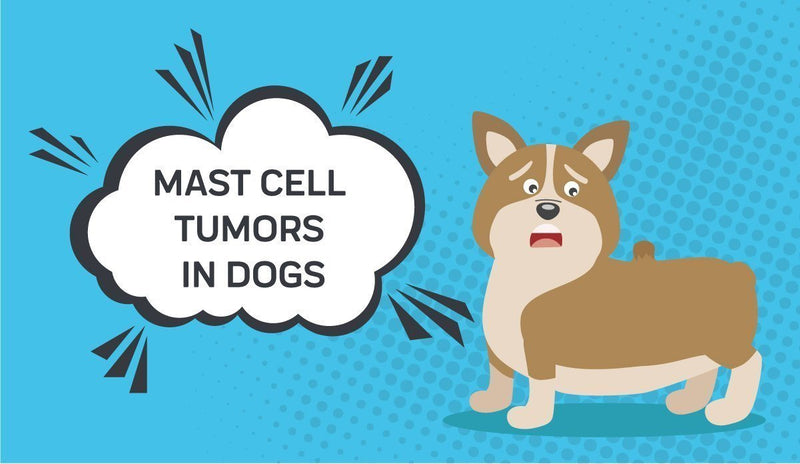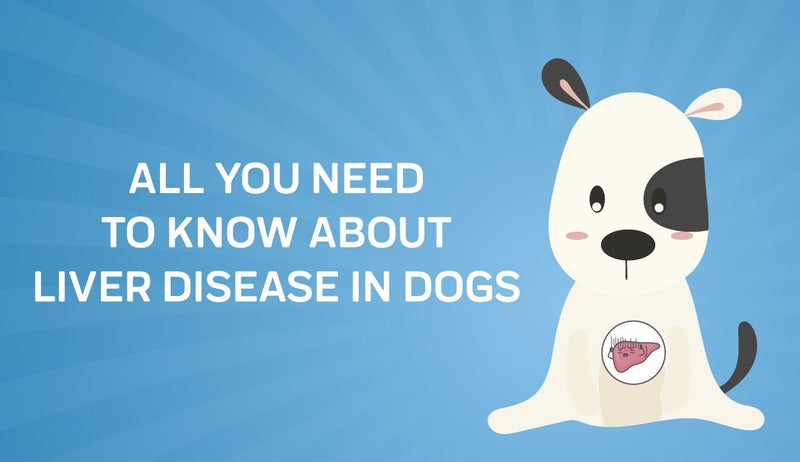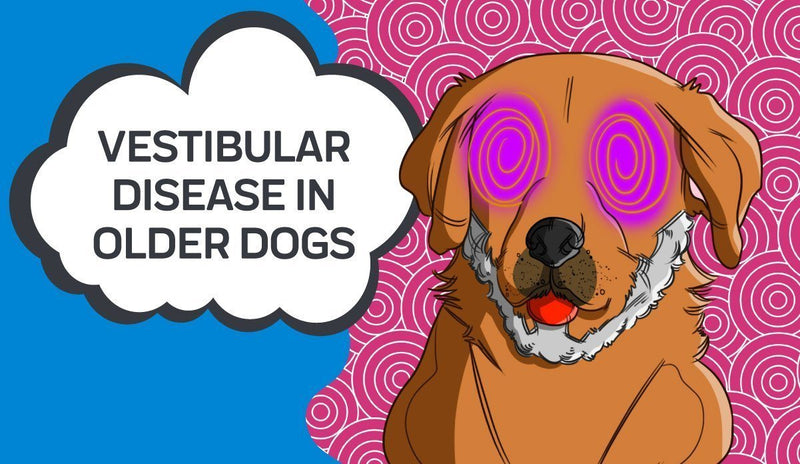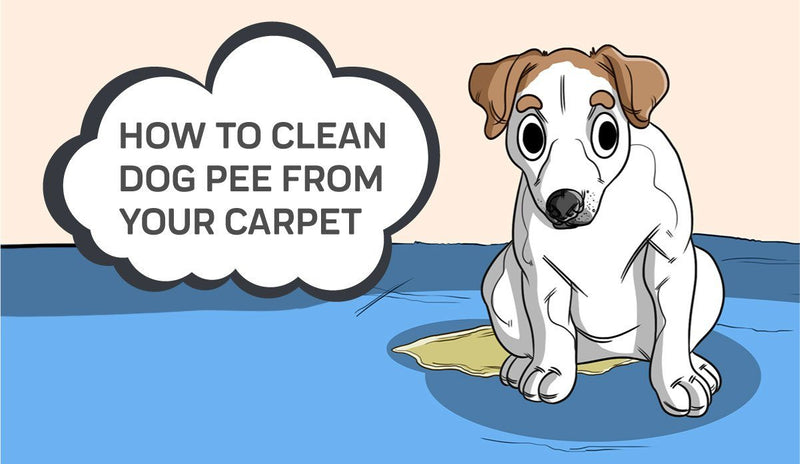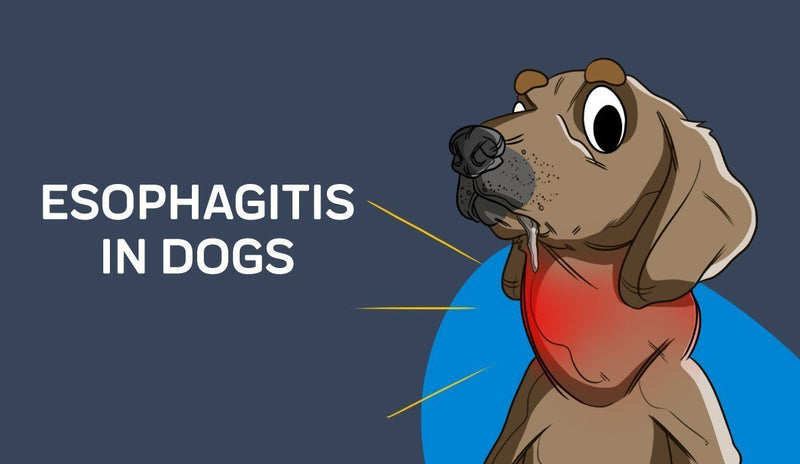
Lumps are frightening, and it can be very troubling to notice one on your furry family member. For many of us, it can lead into an automatic spiral of worry and fear. It's worth remembering that the majority of bumps or lumps you might find are due to benign issues. Meanwhile, a few others can be more concerning.
Mast Cell Tumors are one of those that can be much more troublesome for pets and their owners alike. However, knowledge is power when it comes to these kinds of conditions. Although most lumps aren't serious, it's best to get treatment started as soon as possible when they are.
TABLE OF CONTENTS
1. What Are Mast Cells In Dogs?
2. What Makes A Mast Cell Tumor Different From Others?
3. How Do Mast Cell Tumors Work?
4. Mast Cell Tumors Appearance
5. Signs & Symptoms
6. Mast Cell Tumor Causes
7. At-Risk Breeds
8. Types Of Mast Cell Tumors For Dogs
9. Mast Cell Tumor Stages
10. Diagnosis Of Mast Cell Tumors In Dogs
11. Mast Cell Tumor Dog Life Expectancy
12. Standard Mast Cell Tumor Treatment
13. CBD For Mast Cell Tumors
14. Top CBD Products
15. Mast Cell Tumors For Dogs: The Bottom Line
What Are Mast Cells In Dogs?
To gain the best possible understanding of the illness, it's best to start with the basics. This includes learning about tumors as well as the workings of mast cells in dogs. That way, you can have a clearer view of how a mast cell tumor can effect them.
Looking At Tumors In Dogs
Simply put, tumors are abnormal growths on or in the body. They are often caused by cells growing at rates that are unusual, and result in tumors that can either be harmless, or benign, dangerous, or malignant.
What Makes A Mast Cell Tumor Different From Others?
Mast cells can be found just about anywhere in your dog's body. However, they typically begin in the bone marrow. Often times, they can be found in large amounts within the respiratory system, skin, and digestive system of your dog as well as in their mouth, eyes, and nose. It's also important to know that these cells work to assist with a variety of key functions due to their inclusion of heparin and histamine.
What Does Mast Cells Do? (The Basics On Mast Cells)?
Mast cells are key when it comes to providing a defense against things like infections driven by parasites in the body. They're also very important for the processes of creating blood vessels, repairing tissues, and allowing the body to heal more efficiently.
Mast cells are also useful in creating antibodies, as they are a specific type of white blood cell. This allows them to create defenses for allergic reactions as well as external agents that may be harmful to the body. To handle all these jobs, mast cells need to be able to adapt to many different roles, which is why they can be so highly reactive.
How Do Mast Cell Tumors Work?
Considering the idea of abnormal growth in tumors, we can understand that a mast cell tumor is made up of this abnormal growth within mast cells. Most of these tumors can come in the form of skin tumors, which make up about a third of all the tumors dogs get. Within the section of skin tumors, about a fifth are mast cell tumors.
Depending on the tumor, a vet might find that a mast cell tumor on your dog has very little malignancy and is quite harmless, while others may become life-threatening unless they are treated effectively and relatively early.
As cancer concerning mast cells grows, it can cause mast cells from being able to do their normal jobs. This can keep a lot of important functions from being done as well. In addition, the mast cell tumor can also affect the blood pressure, heart rate, and overall homeostasis in your dog.
Mast Cell Tumors Appearance
Coming in different sizes, shapes and in many different places, mast cell tumors can sometimes be hard to find. You may also find that they come in different textures, being either flat or raised, firm, or soft. Often, these tumors begin rather small but can grow quite quickly. In some cases, they may even shrink, and then begin to grow more quickly again.
Most often, these tumors are found in the skin. That said, they can sometimes be located in the lungs or intestines as well. It's also highly likely for them to spread pretty quickly to other areas like the liver, spleen, or bone marrow, which can cause serious problems for your pet.
Ultimately the stage of the tumor is dictated by how much it has spread to other places.
Signs & Symptoms
Understanding the symptoms of mast cell tumors is key to knowing when to get your dog into a vet.
Fluid Retention And Redness
Oftentimes, you may notice redness or fluid that has accumulated around the tumor. This is often due to higher histamine levels that are being released within the tumor.
Liver Or Spleen Enlargement
Enlargement of the liver or spleen can also present a strong sign that mast cell cancer is taking place in your dog.
Lumps And Bumps
A lump or bump is going to be the most obvious and common sign when it comes to mast cell cancer. In some cases, these tumors can be present for years without being noticed. This is usually because it can change in size, or may be in a non-obvious area.
Meanwhile, there can be other instances where a larger tumor may seem to have appeared suddenly. It's important to keep in mind that early on, these tumors can look similar to bites from insects or warts. So even if you notice this, it's a good idea to watch it.
Typically, bites or warts will resolve on their own, while tumors will not.
It's also worth keeping in mind that a large percentage of mast cell tumors can occur on your dog's torso.
Lymph Node Problems
As with many cancers, lymph nodes that may be near the tumor can enlarge. This can help to show that something is wrong. Typically, these lymph nodes will also be removed alongside the treatment of cancer.
Gastrointestinal Distress
Things like diarrhea, vomiting, and a lack of appetite can be signs that the malignant cells are moving into other areas of the body.
Mast Cell Tumor Causes
There is a lot we're still learning about tumors and cancer that can come with them. It's not uncommon for the exact cause to not be known when it comes to mast cell tumors. What is known is that these tumors typically come from cell mutations that are happening inside the mast cells. These mutations result in the growth and reproductions of cancerous cells in a rampant way.
At-Risk Breeds
Some breeds are more at risk than others of producing mast cell tumors.
These breeds include:
- Boxers
- Bulldogs
- Rhodesian Ridgebacks
- Boston Terriers
- Weimaraners
- Pit Bull Terriers
Typically, these tumors occur in dogs who are older, but they can be found in young puppies as well.
It also needs to be known that dogs of any breed or age can succumb to mast cell tumors, it's just more common in the above breeds.
Types Of Mast Cell Tumors For Dogs
There are a few types, or “grades” that mast cell tumors can come in. This grade can depict the malignancy level that a particular tumor might have. It can also give the vet some insight into what effects the tumor might have.
Grade I
Many grade I tumors are very surface level, and tend to be benign. While this might mean that they won't present a cancerous tissue, they can become troubling in other ways. If they grow too large, they can become hard to remove or add pressure to surrounding areas, so it's best for them to be removed as quickly as possible.
MCT Grade II
When a mast cell tumor is grade II, it can be more difficult to tell whether or not it is cancerous. They can be rather unpredictable and can rest a little deeper than the grade I tumors. More often than not, these tumors can be cured through surgery. However, it is important to remember that it can return or begin to spread in the future.
Grade III
This grade is the hardest to treat. They can often spread very quickly. That means that even with treatment that is aggressive, the development has already reached an extent that can make it likely that the dog will require more treatment. These added treatments can include radiation and chemotherapy. Most of the time, this grade is unfortunately one that dogs cannot beat.
Mast Cell Tumor Stages
Another aspect of mast cell tumors worth paying attention to is the stage of the tumor. This essentially refers to how much the cancer has spread and developed as well as how much the lymph nodes surrounding the tumor may have been effected.
Stage I
In stage one, there is only one tumor, which has not effected any lymph nodes just yet.
Stage II
At stage two, there are secondary growths, which have started to effect nearby lymph nodes.
Stage III
At this stage, there can be either a single large tumor, or multiple secondary tumors that may be deeper than the original. In some cases, there can be effects on the lymph nodes while in others there may not be.
Stage IV
At this stage, lymph nodes as well as other organs have likely been effected. There can also be one, or multiple tumors that are growing and metastasizing in the skin.
Diagnosis Of Mast Cell Tumors In Dogs
There are a couple of ways that mast cell tumors can be diagnosed. These can include cytology and fine-needle aspiration.
Fine-Needle Aspiration
This quick procedure is able to be done without sedation. When your vet completes the biopsy, they will be able to use it to look for mast cells that are abnormal. If they do find abnormal cells, then they will likely follow up with a biopsy through surgical means to find out how advanced the tumor has become.
Other Tools
There can also be samples taken from the kidney, bone marrow or spleen. Or the vet might use the drainage from a lymph node that has become enlarged to test. Vets may also use an X-ray or ultrasound to look for abnormalities.
Mast Cell Tumor Dog Life Expectancy
There are a few things to consider when it comes to the life expectancy for a dog with a mast cell tumor. The first, as you might expect, comes with finding it early. If the stage and grade of the tumor are relatively early, then the prognosis can be better.
This also depends on the treatment that the dog receives. In some cases, owners simply cannot afford the treatments required for an illness like this. It's understandable, if unfortunate. However, if the dog can receive treatment quickly and appropriately, then it increases their chances of survival.
Unfortunately, if the tumor is found at stage 4 or later, then the prognosis becomes much worse. Many dogs can have a life expectancy that is less than a year, even if you can opt for aggressive treatment methods.
Keep in mind that a lump or bump on your dog may not always turn out to be mast cell cancer, or it may be at a stage that is very treatable. Getting them in as quickly as possible can allow for a better prognosis for just about any cause.
Standard Mast Cell Tumor Treatment
When it comes to determining the correct treatment of a mast cell tumor, naturally the stage and grade will play into what needs to be done.
One aspect that sets mast cell tumors apart is that they engage with higher amounts of histamine. Consequently, if the area becomes too irritated then an extreme reaction can result. Because of that, it's likely that your vet may prescribe some antihistamines to your dog to help avoid that. This will also seek to protect organs that may be subject to a large release of histamine.
Radiation
In more advanced cases, or in those where the tumor is on an inconvenient location in the body, radiation can be used to help with destroying cancerous cells.
Surgery
Most of the time, surgery plays a role in the removal of a mast cell tumor. Depending on the stage the tumor is in, this might be a relatively simple removal of a single tumor, while in more advanced cases it might also include chemotherapy to kill off cancerous cells that the surgery may not be able to reach.
CBD For Mast Cell Tumors
When it comes to cancer, conventional medicine is still extremely important. However, some also find that a more holistic view in combination with that medicine is often under-appreciated.

As it is studied, we find that CBD can offer a multitude of benefits to support the normal healthy structure of the endocannabinoid system. Though, CBD is being investigated all over the world for many uses. However at this time, as the manufacturer of CBD products, we are not allowed to discuss that subject publicly nor we are not allowed to imply that CBD can be used for any specific treatment.
That said, keep in mind that studies are still relatively young. Much more must be done before we fully know exactly how CBD can help in these situations and more. Regardless, there has been anecdotal evidence shown to be highly useful in many ways for dogs healthy and struggling with cancer alike.
Top CBD Products
When you're looking for something to help your dog, quality CBD products are key! Let's take a look at some that can be extremely helpful.
Using CBD Oil as a Natural Alternative
For those who want an option, they have complete control over, CBD oil for dogs is a fantastic choice. It's all-natural and comes with a dropper to allow you control over every little drop. There are also different options ideal for animals of different sizes.
CBD Treats
Sometimes, you just want something you can give your dog that they'll always enjoy. In these cases, CBD dog treats are a fantastic choice. As far as your dog knows, they're getting something special and delicious, but you'll know about the benefits those treats provide!
Mast Cell Tumors For Dogs: The Bottom Line
Mast cell tumors can be horrifying for a pet owner. We understand just how devastating it can be to learn that your dog is suffering from cancer. That's all the more reason to gain as much information as possible, and make sure you know all your options. Sometimes, things like changing the diet of a mast cell tumor dog can make a difference.
It's also worth keeping in mind that lumps on dogs aren't always a surefire sign of cancer. In many cases, they are often a benign condition. Regardless, having many treatment options and staying on top of them is key to helping your dog to live a long, happy life.
Sources:
Cannabinoids as therapeutic agents in cancerMast Cell Tumors in Dogs
What are the different types of tumors?










